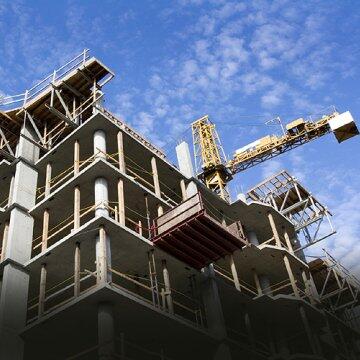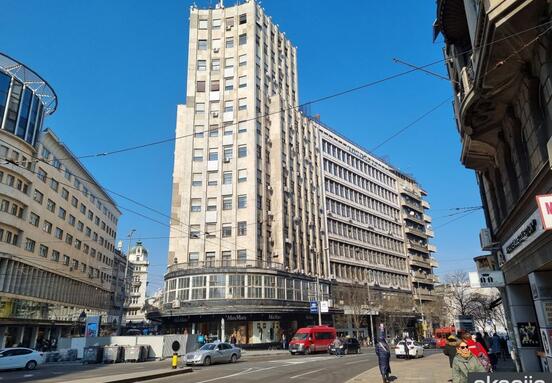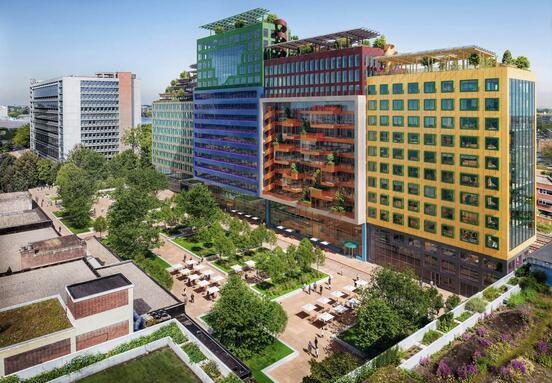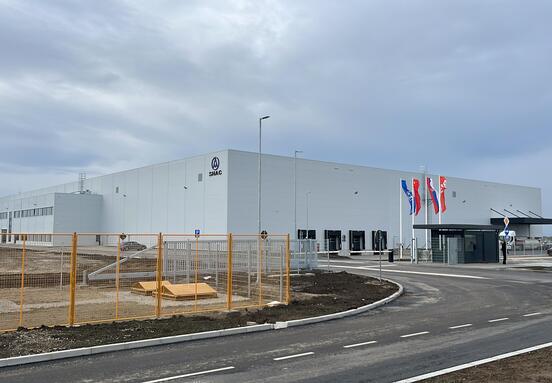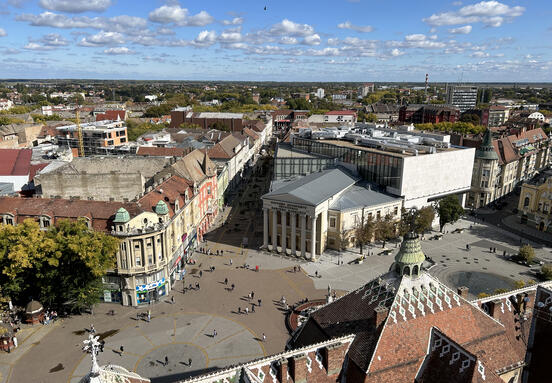Workforce as the Foundation
The lack of skilled labor remains one of the industry's most pressing issues. Many workers are leaving the country in search of better opportunities, leaving companies struggling to fill positions. Solutions lie not only in hiring but also in improving vocational training, embracing technology on construction sites, and modernizing the image of the profession to attract younger generations.
Capital as a Catalyst
While domestic investors still play a dominant role, the need for more foreign investment and innovative financing models is growing. Sustainable growth requires transparent planning, legal certainty, and efficient project implementation. Strengthening investor confidence depends on streamlined urban development policies and reduced administrative barriers.
Sustainability as a Strategic Direction
Environmental sustainability is no longer optional. With increasing climate concerns and EU regulatory pressures, the construction sector must adopt green building practices. Energy efficiency, circular economy principles, and reduced carbon emissions are becoming standard expectations—especially in commercial real estate such as office buildings and logistics centers.
Digitalization as a Cross-Cutting Enabler
Though not a standalone pillar, digital transformation supports every aspect of modern construction. Tools such as BIM (Building Information Modeling), drones, energy management systems, and advanced design software help reduce costs, improve quality, and ensure greater efficiency throughout the building process.
Time for Strategic Action
The future of Serbia’s construction industry depends on strategic decisions made today. Investing in people, ensuring smarter capital management, and embracing sustainability are no longer long-term goals—they are immediate necessities. These changes are already underway. The question is: who will adapt in time to remain competitive?
